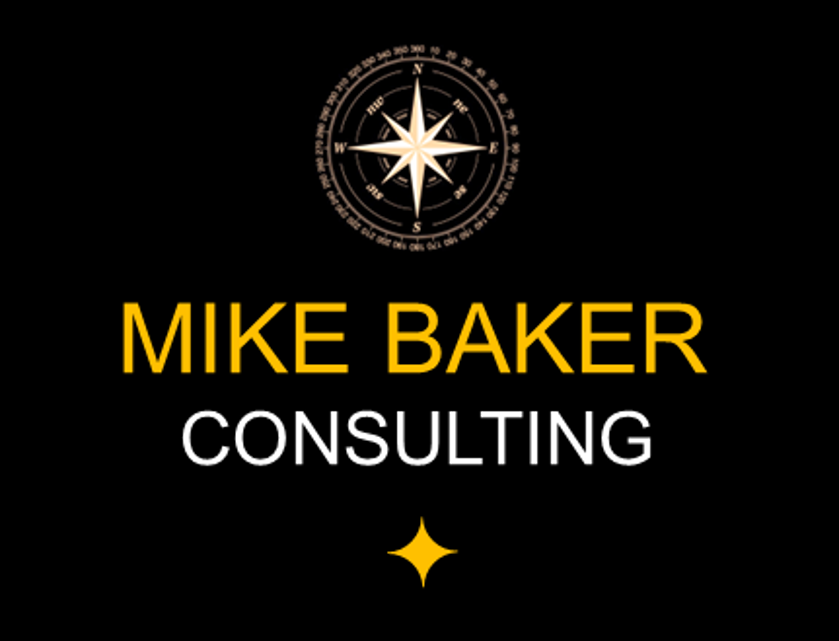It is critical to review and understand your sourcing strategies for IS&T for a number of reasons but critically to ensure that you are providing it efficiently whilst at the same time having the capability to identify and deliver change to your business.
You need to do this as part of your strategy development and you probably need to review how you source your Plan, Build & Run activities and how you split the responsibilities of execution in each of the activities.
For each activity (Plan, Build & Run) you will need to decide what is key to keep internally resourced and then understand what can be externally sourced. Internal sourcing requires you to then have your long term human resource and development plans. External sourcing then requires you to figure out if you want to use staff augmentation, a services based approach or a combination of both. This requires brainstorming and agreement across your IS&T Leadership but once you have that, then you need to make sure the delivery model you define is implemented and the supply chains identified.
Internal Sourcing
You will always want to maintain the capability to determine what technologies and solutions you deploy and will need that as a minimal organisation team. You need to make choices about the execution and if you decide to do it internally that will help you decide the size of the teams you need. You can still use staff augmentation through a 3rd party to give flexibility and provide benefits of low cost labour but to all intense purposes, you will be running the day to day operations and this in itself will require management overhead.
Your internal staffing requirements will then need to be defined in terms of job descriptions, staff sourcing options and staff development to keep them capable in their roles. All of this will need to be jointly developed with HR so there is an integrated plan for the long term.
External Sourcing
Staff augmentation will require contracting so you can make that efficient with one of more vendors. This will be useful for supporting change where you need a flex up/down capability that you task manage.
Managed Service Provision becomes a much more strategic option where rather than buy in hours of effort that you have to manage through staff augmentation, you can buy an outcome. This can be used in the build and run activities and allows you to achieve a desired outcome at a specific cost without the need to directly manage individual tasking.
Moving to Managed Service Provisioning is a huge change and has many benefits. Planning that change along with all of it’s change components as well as finding the right partner or partners to work with is complex. To achieve it well you need to bring in as much expertise as possible including service integrators to help you define how to move from where you are to that new desired model. Don’t underestimate it! Don’t let a Managed Service Provider tell you how to do it!
